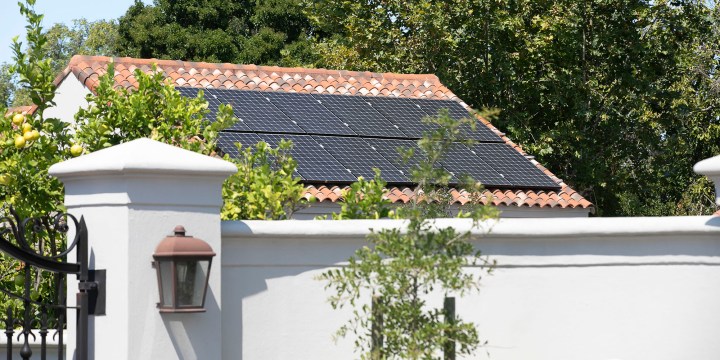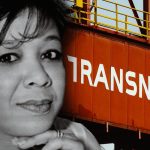SUN DAMAGE
To avoid fires, your solar panels must be properly installed

Poor installation is the main cause of solar panel fires, so make sure your service provider has the necessary experience and references. The safety checklist below can help give you peace of mind.
South Africans imported solar panels worth about R17.5-billion last year. Where once upon a time you could gaze down from an aeroplane to see how many homes had swimming pools, now you can count the ones with solar panels on their roofs.
Fire Ops South Africa estimates that, over the past year, there have been about 11 to 12 fires daily in the Gauteng central area alone.
“As a private provider, we respond to two to four incidents per day and of those, every sixth fire is solar panel-related,” said De Wet Engelbrecht, chief executive of Fire Ops SA.
Insurers have warned that your insurance claim could be rejected if your solar panels were not installed responsibly.
“If you are using a guy down the road to install your solar panels and inverter, or you are overloading a plug point and your house burns down as a result, your claim is likely to be rejected,” Naked Insurance chief executive Ernest North warned.
Your solar panel safety checklist
- As the leading cause of solar panel fires is poor installation, check whether the solar photovoltaic (PV) service provider has substantial experience and references, and follow up on them;
- Ask if the PV service provider designed, supplied and installed the system, or whether it outsourced some of the work;
- Ensure your PV service provider is accredited with a third-party quality assurance programme such as PV GreenCard from the South African Photovoltaic Industry Association, or the P4 Platform programme;
- Make sure the installer applies to the municipality to authorise the system for grid connection, thus ensuring the safety of the electrical network, your home and all who work on the electrical grids;
- Instal an shut-off switch to disconnect the solar panels from your electrical system. This will not de-electrify the panels, but switching off the power in an emergency can help firefighters manage a fire more easily;
- Check the wiring. Solar panels use electrical wires to transmit energy from the panels to an inverter. Electrical faults can be caused by damaged or incorrectly installed wiring. If the wiring is too thin or not properly insulated, it can lead to overheating, a short circuit and ultimately a fire;
- Get a structural engineering assessment – make sure your roof can withstand the weight and wind load of solar PV panels, where necessary;
- Secure building plan approval if the panels protrude more than 600mm above the highest point of the roof, if they are raised more than 1.5m above any point on the roof or if ground-mounted, the panels in their installed position project more than 2.1m above the natural or finished ground level;
- Increase the distance between the roof and the solar panel modules by at least 6cm to 11cm. The Norwegian Water Resources and Energy Directorate says this will reduce the risk of a solar panel fire;
- Use noncombustible plates between the solar panels and the roof;
- Make sure that coupling connections are securely covered;
- Have a qualified company carry out regular inspections and maintenance – the older your solar panels, the higher the risk of fire;
- Ensure that electrical connections are made by the same manufacturer – both ends of a DC connection should be from the same manufacturer;
- Give some consideration to the material you use for your roof, as this can mitigate the spread of fires. Clay and concrete tiles are classified as noncombustible and would be safer choices; and
- Beware of installing too many solar panels and/or connecting too many electrical devices to your system, as an overload can cause overheating, which can lead to a fire. DM

















 Become an Insider
Become an Insider
Thanks for the advice. A gap between the roof and panels will also reduce heat build-up and lengthen the panel lifespan.
What about running an earthing cable to the ground in case lightning strikes? Apparently solar panels can be quite attractive to lightning.
Seems to be good practice: Installers of both our solar systems installed earthing cables running from the aluminium rails on the roof down to a 1m long spike driven into the ground.